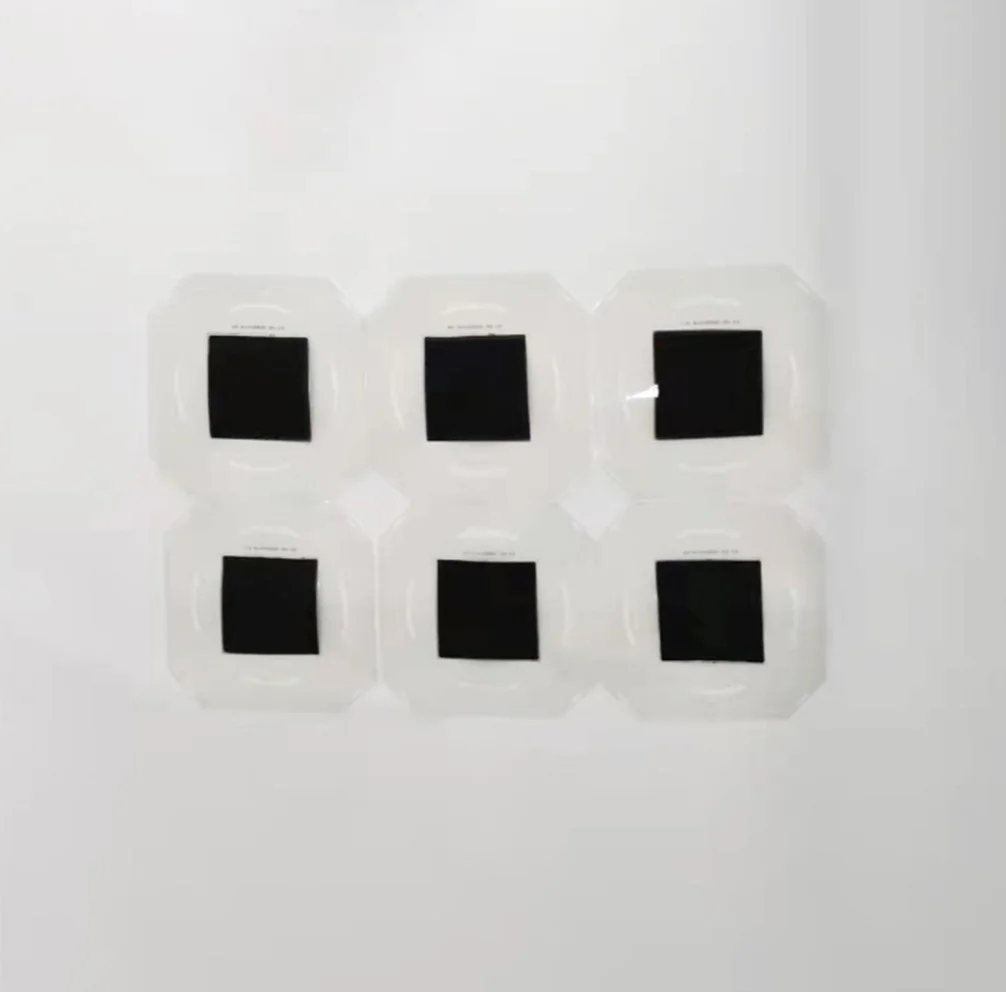PEM CCM
Brand Name: H2Gatech
Place of Origin: Yangzhou
Model Number: CCM
Product Name: PEM CCM
Fuel Type: Hydrogen/ Oxygen
Electrolyte: PEMFC
Voltage Range: Customized
Contact Area: Customized
Dimension: Customized
OEM/ODM: Availiable
Production: According to customer's drawing
Application: Electrolyzers
PEM Electrolyte Membrane Electrode:
A PEM (Proton Exchange Membrane) electrolyte membrane electrode refers to a critical component used in proton exchange membrane electrolysis cells. This type of electrode is employed in the process of splitting water into hydrogen and oxygen and is vital for hydrogen production and storage technologies.
A PEM electrolyte membrane electrode typically consists of the following components:
Electrolyte Membrane: The PEM electrolyte membrane is a solid proton-exchange membrane, usually made of proton-conductive material (often a polymer). It allows protons (hydrogen ions) to pass through while blocking the flow of electrons, thereby separating the two half-reactions of hydrogen generation and oxygen generation.
Anode (Hydrogen Electrode): The anode is the electrode located on one side of the PEM electrolyte membrane and is responsible for promoting the water-splitting reaction to generate hydrogen gas. It typically includes a catalyst (often platinum or other precious metals) to accelerate the reaction.
Cathode (Oxygen Electrode): The cathode is located on the other side of the PEM electrolyte membrane and facilitates the other half-reaction, leading to the production of oxygen gas. It also includes a catalyst, commonly platinum or other materials.
Electrode Support Materials: The electrodes are typically supported on conductive support materials that provide a surface for the catalyst to promote the reactions. Common support materials include carbon paper or carbon cloth.
The primary function of a PEM electrolyte membrane electrode is to split water into hydrogen and oxygen, representing a clean method of hydrogen production. When an external electrical current passes through the PEM electrolyte membrane electrode, water molecules undergo electrolysis between the anode and cathode, resulting in the generation of hydrogen gas and oxygen gas. The produced hydrogen can be used as a hydrogen fuel for applications such as fuel cell power generation or hydrogen storage, while the oxygen is released into the atmosphere.
PEM electrolyte membrane electrode technology has significant applications in the field of hydrogen energy, including hydrogen production, energy storage, and green energy conversion.










